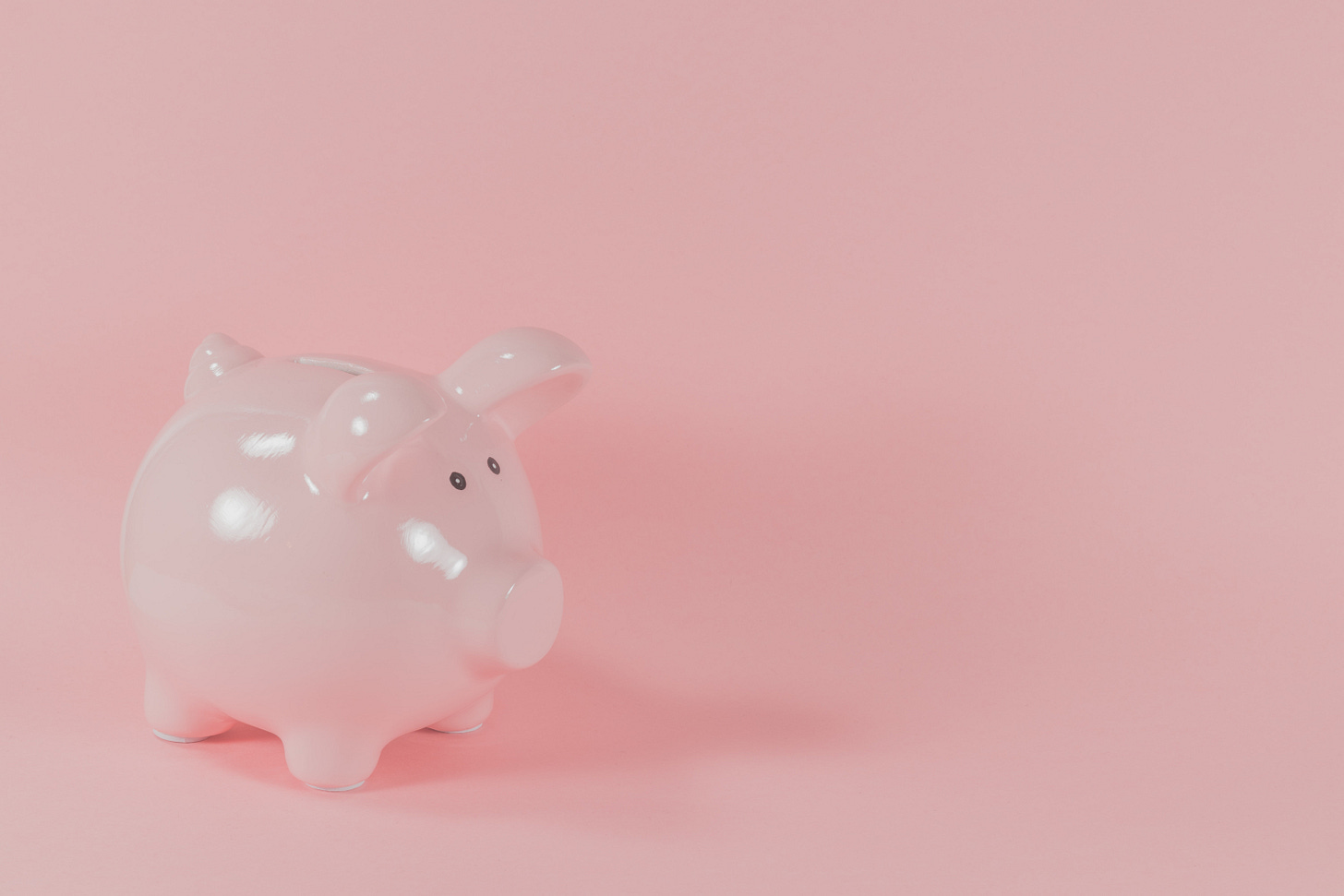Today the Federal Deposit Insurance Corporation (FDIC) seized the assets of Silicon Valley Bank (SVB), marking the largest bank failure since the height of the 2008 financial crisis.
The bank held US$209 billion in assets and US$175.4 billion in total deposits and failed after depositors - mostly venture backed companies and funds - began withdrawing their money.
This created a run on the bank. As more people withdraw their funds, the probability of default increases. The risk is that the bank's reserves (cash available) may not be sufficient to cover the withdrawals.
Deposits are protected by the FDIC, but only up to US$250,000
The FDIC is an independent agency of the United States government that protects bank depositors against the loss of their insured deposits in the event that an FDIC-insured bank fails.
Bank customers don’t need to purchase deposit insurance; it is automatic for any deposit account opened at an FDIC-insured bank. However, the policy is more geared towards protecting individuals and smaller businesses - not startups and funds who may have deposited a huge chunk of capital raised in a recent round. Deposits are insured up to at least $250,000 per depositor, per FDIC-insured bank, per ownership category.
There is incredible uncertainty for SVB depositors
After stepping in as receiver, the FDIC assumes the task of selling/collecting the assets of the failed bank and settling its debts, including claims for deposits in excess of the insured limit.
To do so, the FDIC created a new bank, the Deposit Insurance National Bank of Santa Clara (DINB) who they immediately transferred all FDIC-insured deposits to. All insured depositors will have full access to their insured deposits no later than Monday 13th March 2023.
The FDIC will pay uninsured deposits (those with amounts above the $250,000 insured amount) an advanced dividend within the next week. If a depositor has uninsured funds, they may recover some portion of their uninsured funds from the proceeds from the sale of failed bank assets. We will have to wait until Monday to find out how much this is and whether it will be a meaningful amount to tide businesses over as they wait for the long term settlement.
Settlement could take years as the FDIC works to sell off the assets. For context, when Lehman Brothers failed it took 14 years for all customers to receive what they were owed. As assets are sold, depositors who had uninsured funds usually receive periodic payments (on a pro-rata "cents on the dollar" basis) on their remaining claim.
This is a big deal
If you are a start-up holding $10m of corporate cash with SVB, then you are probably only getting $250k back immediately. The remaining $9.75m isn’t available to you. The FDIC will pay you some kind of advance next week, but it’s definitely not the full amount you deposited with them.
There is no guarantee how much you’ll get back and under what timeframe.
At the time of closing, the amount of deposits in excess of the insurance limits was undetermined. Twitter speculators claim the number could be as high as 90% of the US$175bn deposited.
Contagion risk is high
This is an extinction level event for start-ups. That initial $250k won’t go far for most startups when you’ve got payroll and other operating expenses to cover. Given the number of companies affected it is possible that there won’t be enough debt and other lines of credit available to keep all these companies afloat while things get sorted out. This all hinges on how much the FDIC can advance next week to people with uninsured funds. It could be 10% of what’s uninsured, it could be 90%. We just don’t know.
Am I okay if I don’t bank with SVB?
Yes and no. Because SVB primarily banked businesses it’s important to understand the risk this presents to your company. You could have key partners who hold funds with SVB or you could pay invoices to SVB bank accounts. Now is a good time to do a self assessment and understand the risk you face.
There is also risk of a second wave of liquidity issues as people take money from other smaller banks to deposit into bigger banks or government bonds. Think of it like a flight to safety.
The best case scenario is that the FDIC makes the receivership super quick - but that’s not guaranteed. Know that we might be at the start of a volatile period while this all shakes out.
Fingers crossed that the FDIC can pay a meaningful amount to uninsured depositors early next week so most companies can continue to operate as normal.





Nice explainer